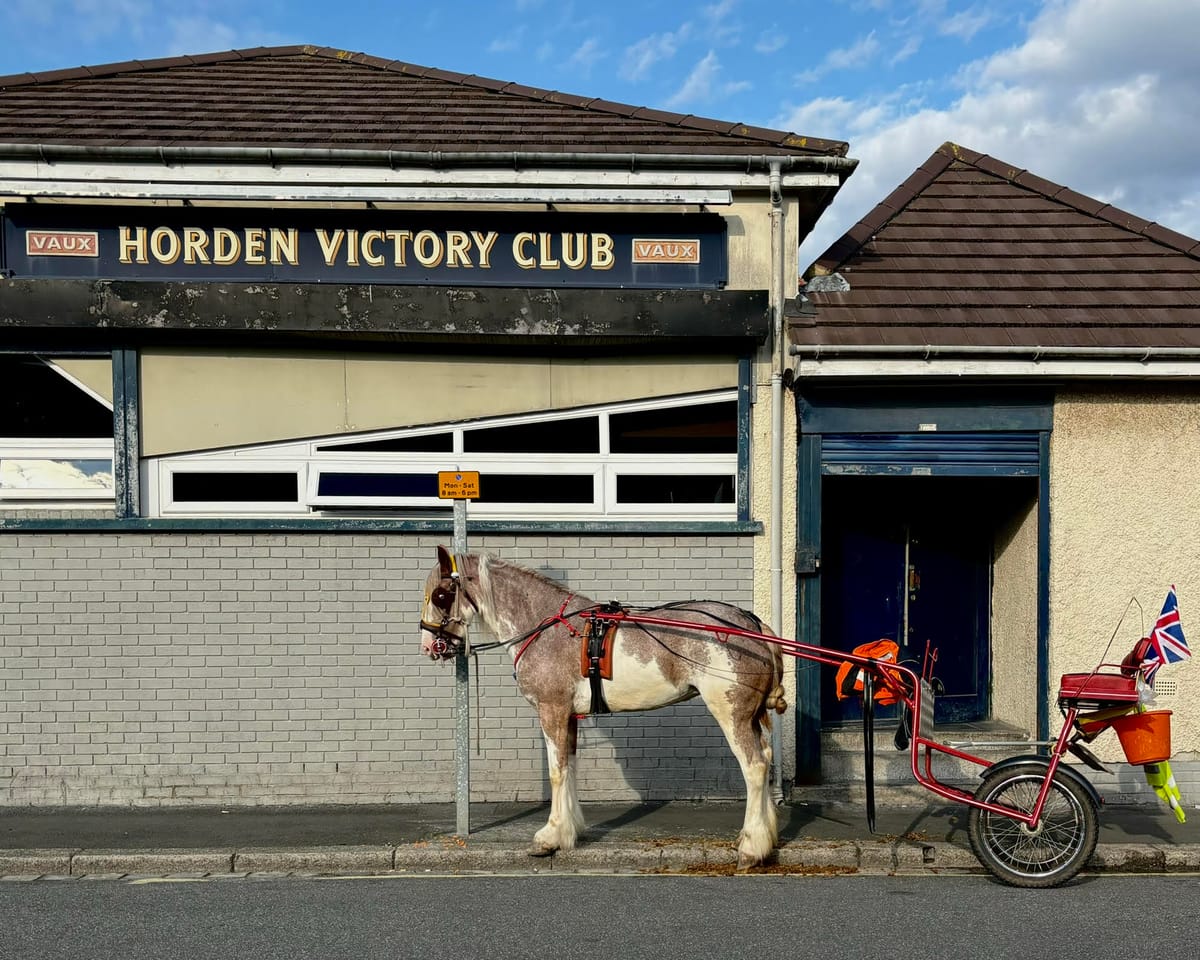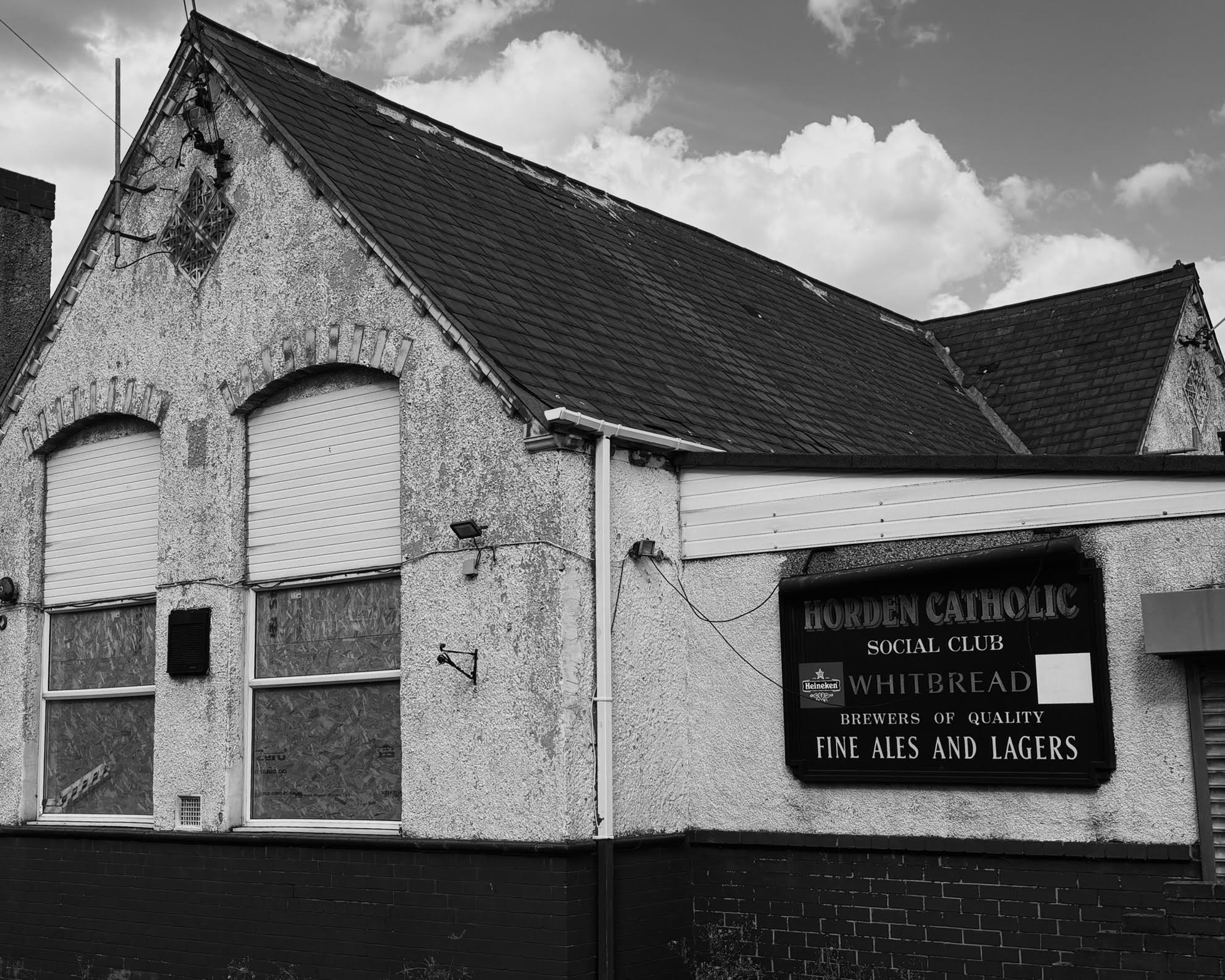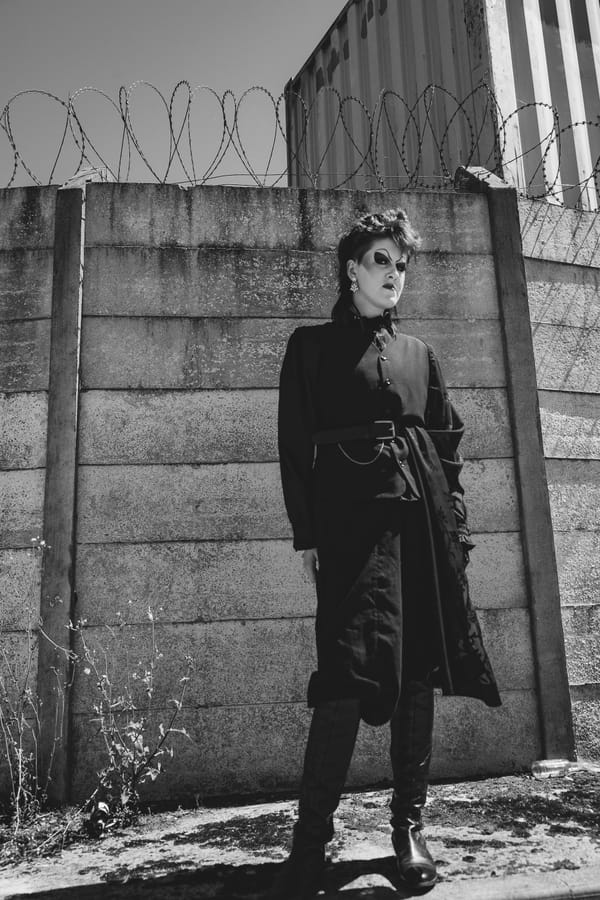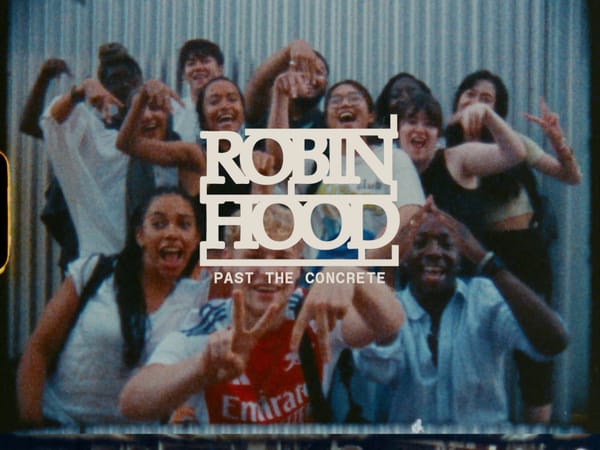Kayla Tomlinson: 'Devil's Lapstone'

I pray in the Miners' Cathedral, as the Horden cowboys ride outside. I sit in the lull between the Morning Vespers and Afternoon Recitals, when it is empty, as the organist smokes in the door frame. He is a gargoyle in a crisp white shirt, puffing smoke from his nostrils as he watches boys fight in boarded-up streets across the green. The Miners Cathedral is a beige giant amongst the abandoned red brick. On the inside, dust resembles fly ash on the black stone, and the church burns in the summer heat. The kind of humidity that rolls down your back as sweat and skin press against white cotton, pressing against simple wooden pews. The windows tint everything yellow like street lamps, and no light is let in; it is so dark in here that they line the ceiling arches with candles, kept aflame even now in the long July days.
Behind the altar, a mural depicting the Resurrection is painted. Christ in white oil robes, outlined in gold leaf, amongst the heaven clouds. It is hard to tell what he observes: the church-goers in the pews, the faithful servants by his feet, or past all and into the church foyer, where a silk banner hangs.
A gold priest sits by Christ with fog-coloured eyes. I am not sure if he sees me, or is even breathing under the heavy garb. His name, last on the long honours boards, has a number beginning with nineteen next to it. He must have officiated my great- grandmother's funeral; the only other time I remember coming here. My primary school used the smaller church along the road, a circular building with low ceilings, no windows, built in the nineties when concepts like grandiosity had left the area to die. More importantly, it was built beside a larger social club, aptly named 'The Catholic Club', that could let the parents sip pints and throw darts after Baptisms or Holy Communions. The Cathedral was used in scarcity and sacristy, but now both the small church and social club are derelict, and thus the Cathedral stands alone.
It made sense that my great-grandmother would have her funeral here. She was six feet tall and ninety years old; she believed in phrases like 'little girls should be seen and not heard' and spoke of Horden in a way that was entirely foreign to me. There
were cinemas, dances, working men's clubs with a turn on, and bowling greens. Her husband had worked in the pit and died decades before her. He would bring coal back for the neighbours, and was called Abraham. The street they lived on together is demolished, and the bungalow she moved to after his death now has plastic-printed windows and doors.

I close my eyes and think of her as I roll my rosary between my fingertips. She lives in the rafters now, amongst the candlesticks and haunts me behind my eyelids. Yet, I cannot remember her face. She looks like film grain or a stranger in the
smoke.
I go outside to the garden, where the forget-me-nots and daffodils grow, and watch a silver-blue gull pick apart the belly of a crow on a large rock. Alerted to my presence, the gull flees, corvus corpse abandoned for the rats to sniff and the wind to whistle through. The kill is so fresh that blood still runs deep down the rock, and the stains remind me of the Devil's Lapstone.
In the local dene, there is a boulder the size of a house, with scratches of red rust along its sides. It is said that the Devil flew over the woodland, carrying the boulder to drop it on the Cathedral, killing all devoted worshippers inside. However, the boulder proved to be too heavy, and it fell from the Devil's strained clutches, tearing his tough skin. It is his blood that stains the Lapstone.
I am aware that most people, myself included, are holding onto this village even if it hurts them. I can feel it steadily slipping. I am aware that this is how it has always been: 'Horden grew up around the sinking of a mineshaft' is engraved upon a park bench. Where one generation descends, another builds atop them. It may be empty now, but soon someone else will live in my great-grandmother's house. Soon, the Catholic Club will reopen for a dance, and the organist will play for a wedding that spills onto the street. Soon, I hope, the crow will spring forth and fly, with his birdsong echoing in his exposed breastbone, to which the blue gull will finally quiver.
Kayla Tomlinson is a writer from the North East of England. Her work primarily focuses on County Durham and its mining history.





